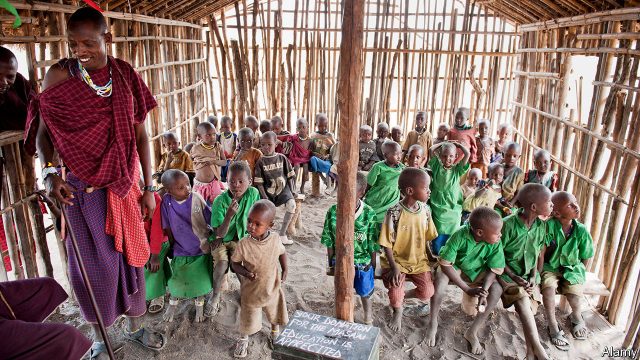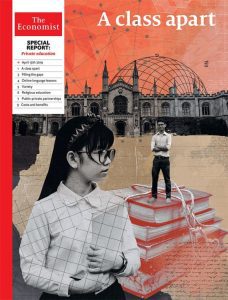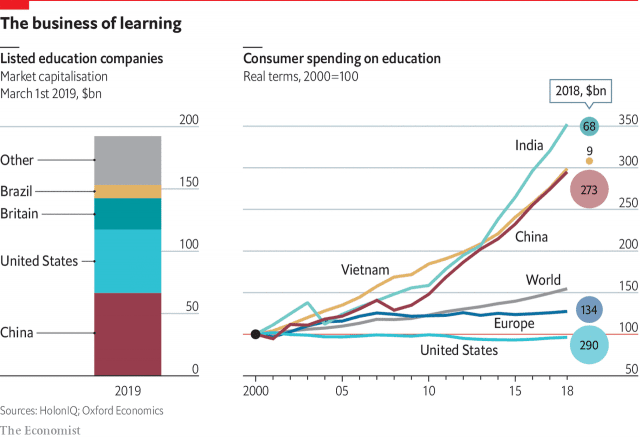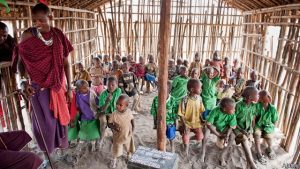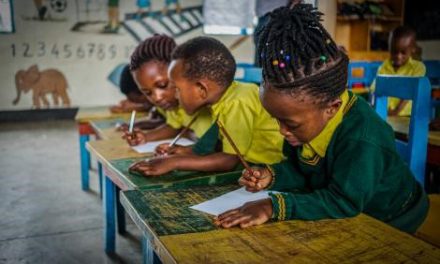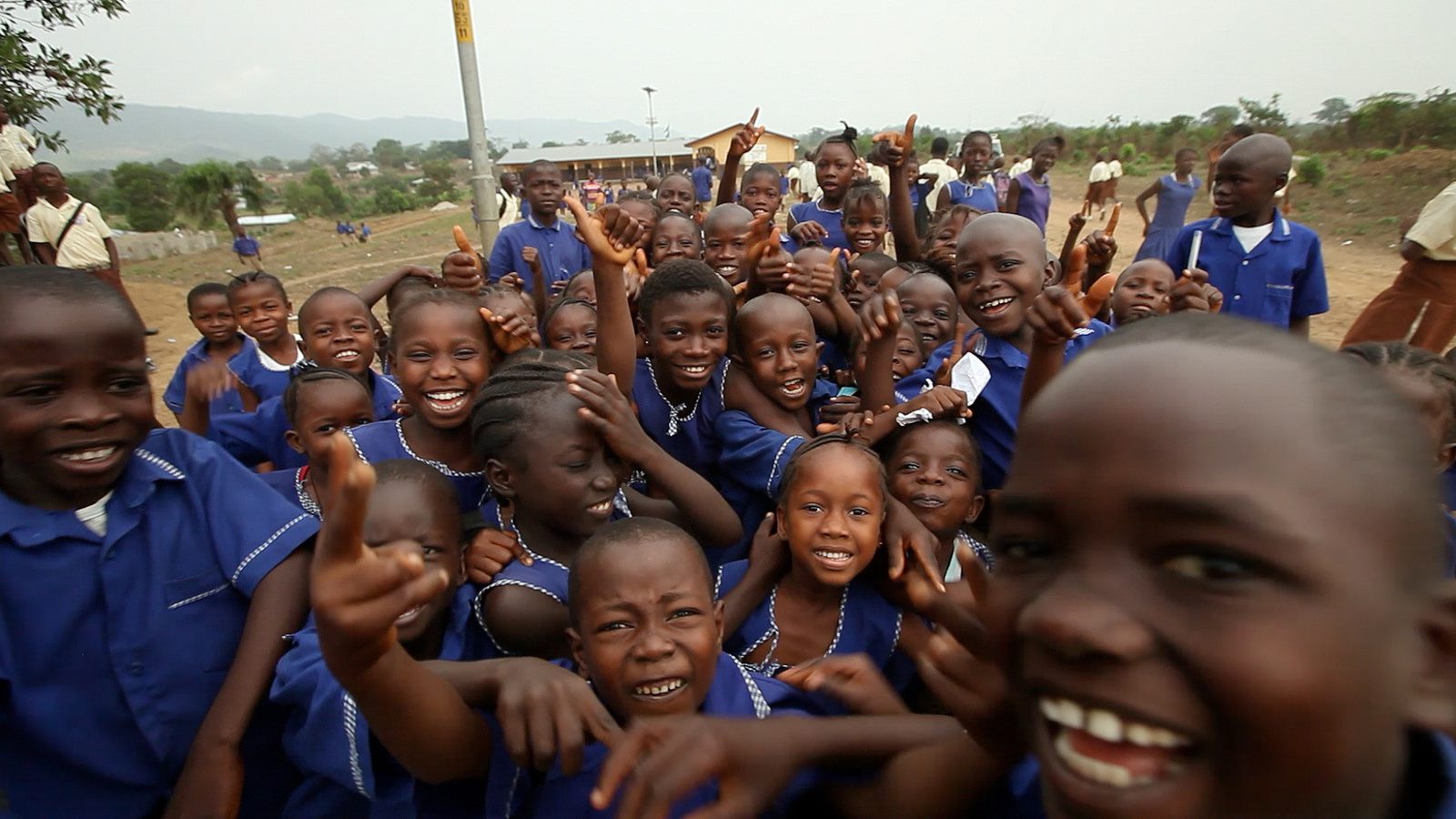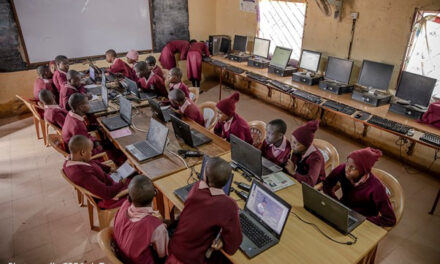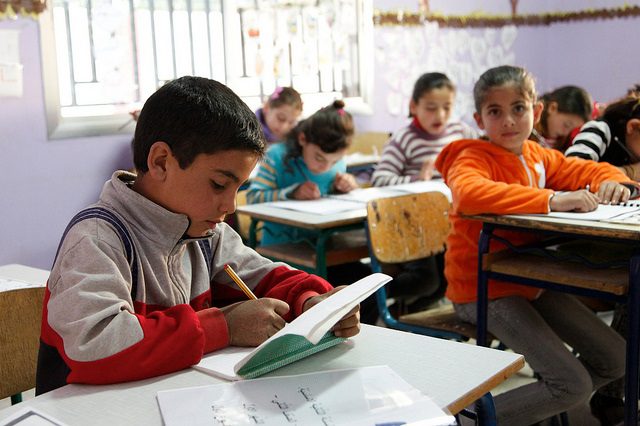This blog was written by Prachi Srivastava, Associate Professor, University of Western Ontario, and was originally published on the From Poverty to Power (FP2P) website on 23 April 2019.
The Economist’s new special report ‘Private education’ (print edition, 13 April 2019) is causing a stir.
We’ve been here before.
Nearly four years ago, The Economist did a cover story (‘The $1-a-week school’) and briefing (‘Learning unleashed’) on low-fee private schooling (print edition, 1 August 2015) which caused a similar controversy. Then too, I wrote a response on this blog discussing the research evidence.
That old FP2P blog post resurfaced on Twitter. Tellingly, some readers didn’t realise that the post referred to the 2015 stories, and not to the new Special Report.
That got me thinking. Has nothing changed in the landscape of private education? Aren’t countries, donors, and private-sector actors behaving differently? Don’t we have new evidence? Or is it all just ‘same old, same old’?
In considering these questions, I don’t analyse or respond to every claim in the seven articles of the Special Report. To nick Trevor Noah’s Daily Show segment title, ‘Ain’t nobody got time for that!’ We certainly don’t have the space.
Instead, I highlight three main themes or potential areas of dissonance that I see undergirding much of the tweetstorm that the Special Report attracted. All the usual disclaimers apply — this is not exhaustive, is necessarily condensed, and is my opinion (more- or less-informed, you decide).
Same Old Heterogeneity, Same Old Confusions
The Special Report discusses a diversity of arrangements, actors, types of provision, services, potential effects and outcomes, and more, under the umbrella of ‘private education’.
They’re all there — vouchers, madrassas, online private tutoring, bilingual education, commercial private school chains, public-private partnerships (PPPs), private household expenditure, parental preference, public and private school learning outcomes — the list goes on.
The problem is they’re ALL there. There isn’t nearly enough space or reflection, or indeed considered evidence, to address the specifics of the heterogeneity implicit to each of the issues raised.
Yes— the sector is diverse, as are the actors (public, private, hybrid) that engage. This range is noted in the literature, and has been for quite some time.
But, stemming from that heterogeneity, there is, for example, something fundamentally different in the way incentives operate for NGO/charitable or religious providers than for commercial for-profit chains. The modalities of operation for ‘one-off mom-and-pops’, as I refer to them elsewhere, are distinct from providers in formalised PPP arrangements. Similarly, regarding household ‘willingness to pay’, there is something different about relatively more economically secure households setting aside a proportion of income to pay out-of-pocket costs for supplemental education services, than precarious circumstances of daily-wage earning parents sacrificing other essential needs to access basic education.
And, all of these — incentives, modalities, household decisions and effects — are distinct from one another. They have different supporting literatures and evidence bases. They contribute to growing our understanding in fundamentally different ways.
Unfortunately, the Special Report offers no organising framework for readers to make sense of the mechanisms in the management, regulation, financing, or delivery of the various services or arrangements it presents. It offers little in the way of assessing potential causes from effects or confounding variables (I can’t believe I’m saying this — I’m not an economist!). It sidesteps issues of equity explicit in SDG4 by suggesting governments have a somewhat necessary (but potentially inefficient) concern to cater for the public good, while also citing, in parts, that private schooling may be inequitable.
All this left me perplexed.
New Evidence, Same but More Differentiated Results
The body of evidence is growing. Results are more differentiated and nuanced, but the conclusions remain fundamentally the same — it’s complicated.
On PPPs and learning gains: PPPs don’t seem to show clear learning gains. A review of PPPs estimating achievement effects in 17 countries on the 2009 PISA assessment, shows nearly all performance differences to be accounted for by wealth and prior ability. The review concludes: ‘PPP schools are outperforming their public counterparts not through any advantages in productive efficiency but through sorting of more capable students’. The now famous RCT of the Partnership Schools for Liberia (PSL) program found that: ‘after 1 year– public schools managed by private operators raised student learning by 60 percent compared to standard public schools. However, costs were high, performance varied across operators, and contracts authorized the largest operator to push excess pupils and under-performing teachers into other government schools.’ To me, and most others weighing the evidence on balance, this does not sound like a sustainable solution for an entire system — neither in terms of cost, nor equity, nor quality.
On regulation: There are severe regulatory inefficiencies and downright bribery in coordinating the private sector, as a recent study found in three sub-Saharan capitals (Härmä). This is in line with earlier evidence across a range of countries. Weighing the evidence, the 2018 World Development Report (WDR), Learning to Realize Education’s Promise, concludes, ‘Governments may deem it more straightforward to provide quality education than to regulate a disparate collection of providers that may not have the same objectives’ (p. 177).
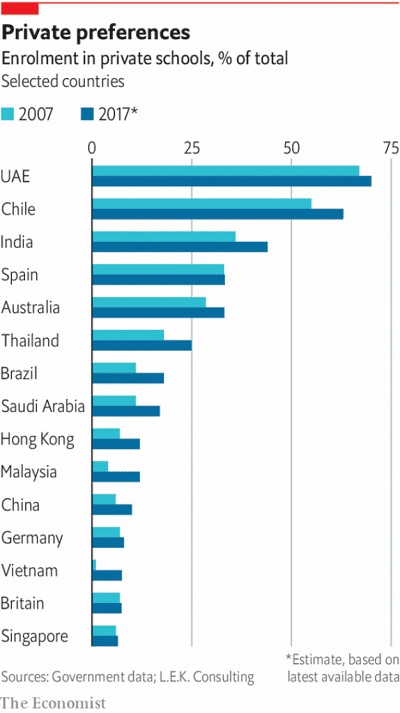 On relative achievement and background characteristics — implications for equity: The 2018 WDR confirms: ‘there is no consistent evidence that private schools deliver better learning outcomes than public schools’ (p. 176). The WDR further addresses concerns about ‘cream-skimming’ students, or that private schools select on the basis of ability or social class or background, compromising equity objectives. Two studies, one on East Africa (Kenya, Tanzania, Uganda) and another on South Asia (India, Pakistan) show there is a lack of evidence on consistent learning gains in private schools for the most economically disadvantaged children. The poorest children in private schools in Kenya and Uganda have learning chances equivalent to the richest in government schools, at best. In Tanzania, there were no gains for the poorest in private schools. Gender and wealth continue to affect the chances of children in India and Pakistan, regardless of private school attendance.
On relative achievement and background characteristics — implications for equity: The 2018 WDR confirms: ‘there is no consistent evidence that private schools deliver better learning outcomes than public schools’ (p. 176). The WDR further addresses concerns about ‘cream-skimming’ students, or that private schools select on the basis of ability or social class or background, compromising equity objectives. Two studies, one on East Africa (Kenya, Tanzania, Uganda) and another on South Asia (India, Pakistan) show there is a lack of evidence on consistent learning gains in private schools for the most economically disadvantaged children. The poorest children in private schools in Kenya and Uganda have learning chances equivalent to the richest in government schools, at best. In Tanzania, there were no gains for the poorest in private schools. Gender and wealth continue to affect the chances of children in India and Pakistan, regardless of private school attendance.
All of these confirm evidence in prior reviews of literature.
New Contexts, New Policy Action
The tide is changing.
There is increased attention on arrangements subsidising commercially-oriented providers in the delivery of formal schooling using domestic funds or official development assistance (ODA). The WDR states, ‘Some private suppliers of education services…may, in the pursuit of profit, advocate policy choices not in the interest of students(p. 13, emphasis added). The Report considers systemic effects that such expansion ‘can undermine the political constituency for effective public schooling in the longer term’ (p. 177).
The larger debate centres on what is seen as the inequitable use of public/ODA monies in contexts with resource-constrained education budgets.
Only one in four countries spend 4-6% GDP on education as suggested in the Incheon Declaration.ODA to basic education in low-income countries has decreased, despite the ‘good news’ story that overall aid to education has increased.
Serious questions are being asked. Is it right to funnel public (domestic or ODA) funds towards commercial enterprises, particularly in low- and lower-middle-income countries, when public education systems are chronically underfunded? Is it advisable to subsidise private providers that explicitly usurp formal institutional frameworks in the countries they operate? What does that do to regulatory systems governing education systems? From a market theory perspective, is it correct to publicly subsidise private enterprise in education? What does that do to the invisible hand?
Crucially, on what evidence are these decisions based — decisions involving many millions of dollars?
These questions have prompted global civil society movements, citizens, media, and factions within governments to ask donors and domestic governments to clarify or reassess their positions.
An inquiry was conducted in 2017 by the UK Parliament’s International Development Committee (IDC) on DFID’s engagement. This followed proceedings in 2015 of the UK All Party Parliamentary Group on Global Education For All. A number of experts were called to provide evidence at both — full disclosure, I was one of them in 2015 — including representatives from private school chains. One for-profit chain, Bridge International Academies, was examined as a case study for the inquiry (it’s reported that the UK provided Bridge with over £20 million in direct and indirect funding). The 2017 UK IDC inquiry report expressed serious concerns about the quality of education, lack of regulatory compliance, and high cost, and acknowledged the controversy associated with supporting such private school chains, urging DFID to reassess further investments in such enterprises.
On 13 November 2018 the EU Parliament passed a resolution on EU development assistance in the field of education stating the EU ‘must not use ODA to support private, commercial educational establishments’. This is a landmark resolution which may also affect the explicitly stated terms of practice for bilateral EU member-state donors.
February 2019 saw the adoption by global civil society of the Abidjan Principles on the human rights obligations of States to provide public education and to regulate private involvement in education. This was the result a three-year participatory consultation and drafting process. The Principles are based on existing international law and conventions. The aim is to eventually ratify them through the international system as a touchstone to direct action for all states (donors and recipients).
The evidence base is growing. The contextual and regulatory changes are real. They will direct policy action for domestic governments and donors. It’s time to stop ignoring them.
Sadly, the Special Report falls short.
Dr. Prachi Srivastava is Associate Professor in the area of education and international development and Chair, Critical Policy, Equity and Leadership Studies Academic Research Cluster, University of Western Ontario, Canada. She has published widely on non-state private actors and privatisation in education in the Global South. She leads a major collaborative research program on the right to education and non-state private actors. She can be reached at prachi.srivastava@uwo.caor on Twitter @PrachiSrivas. For more on her work and publications www.prachisrivastava.com

